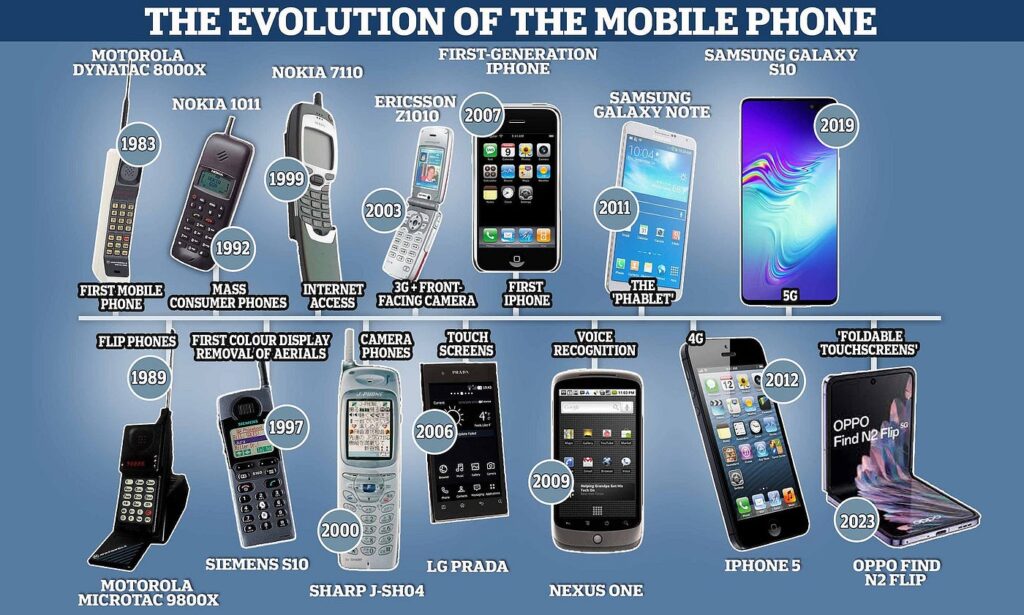The race between Augmented Reality (AR) and Virtual Reality (VR) has been heating up for years. By 2025, both technologies have moved far beyond gaming, with applications in education, healthcare, business, real estate, shopping, and social interaction. But the big question remains: which one will dominate the future?
In this in-depth guide, we’ll explore the differences between AR and VR, their real-world applications, benefits, limitations, and predictions for the future.

What Is Augmented Reality (AR)?
Augmented Reality overlays digital elements on top of the real world.
Think Snapchat filters, Pokémon Go, or IKEA apps that let you visualize furniture in your living room. AR uses smartphones, smart glasses, or AR headsets to blend real and digital environments.
-
Examples in 2025: Apple Vision Pro, AR-based shopping apps, AR-assisted surgery tools.
What Is Virtual Reality (VR)?
Virtual Reality immerses users in a completely digital environment.
When you wear a VR headset, you step into another world — whether it’s gaming, virtual tourism, or a workplace simulation. Unlike AR, VR cuts you off from the real world.
-
Examples in 2025: Meta Quest 3, VR fitness apps, immersive corporate training modules.
Key Differences: AR vs VR
| Feature | Augmented Reality (AR) | Virtual Reality (VR) |
|---|---|---|
| Environment | Enhances the real world | Creates a fully digital world |
| Hardware | Smartphones, AR glasses, tablets | VR headsets, motion controllers |
| Accessibility | More affordable, easier to use | Expensive, requires specialized gear |
| Use Cases | Shopping, education, healthcare | Gaming, training, entertainment |
| Immersion Level | Partial immersion | Full immersion |
Real-Life Applications of AR in 2025
-
Retail & Shopping
-
Try-on apps for clothes, shoes, and makeup.
-
Virtual showrooms for cars and real estate.
-
-
Healthcare
-
Surgeons using AR overlays for precision operations.
-
Medical students training with AR anatomy tools.
-
-
Education
-
Interactive lessons with AR textbooks.
-
Language learning apps with real-time translations.
-
-
Navigation
-
AR glasses showing walking directions or street names.
-
Real-Life Applications of VR in 2025
-
Gaming & Entertainment
-
Immersive VR games and concerts.
-
Virtual theme parks and escape rooms.
-
-
Remote Work & Collaboration
-
Virtual offices and meeting spaces.
-
VR training for pilots, doctors, and engineers.
-
-
Travel & Tourism
-
Virtual tours of historical sites and museums.
-
VR experiences of destinations before booking trips.
-
-
Mental Health & Therapy
-
VR meditation apps.
-
Exposure therapy for phobias and PTSD.
-
Pros and Cons: AR vs VR
✅ Pros of AR
-
More practical for everyday life.
-
Works with smartphones (no expensive gear required).
-
Blends real and digital worlds seamlessly.
❌ Cons of AR
-
Limited immersion compared to VR.
-
Requires precise hardware for accuracy.
-
Privacy concerns with always-on cameras.
✅ Pros of VR
-
Fully immersive, perfect for entertainment and training.
-
Growing adoption in education and business.
-
High engagement for users.
❌ Cons of VR
-
Expensive hardware and setup.
-
Can cause motion sickness in some users.
-
Less convenient for everyday use compared to AR.
Which Will Dominate the Future?
Both AR and VR have unique strengths, but AR is likely to dominate in daily life, while VR will thrive in entertainment, gaming, and training.
-
AR’s Future: With Apple, Google, and Samsung investing heavily in AR glasses and apps, AR will become as common as smartphones.
-
VR’s Future: VR will continue to grow in niche markets like gaming, therapy, and corporate training — but widespread adoption may take longer due to cost and convenience barriers.
Verdict: AR may dominate mainstream use, while VR dominates immersive experiences. The real winner? Mixed Reality (MR) — a blend of both worlds, already gaining traction in 2025.
Final Thoughts
AR and VR are no longer just futuristic buzzwords — they’re reshaping how we shop, work, learn, and play. While AR’s practicality makes it more accessible for the masses, VR’s full immersion offers experiences like nothing else.
Instead of one replacing the other, both AR and VR will coexist — with AR dominating everyday applications and VR excelling in immersive industries.
The real question isn’t “Which will dominate?” but rather: How will YOU use AR or VR to your advantage in 2025?


